11 Plants to Grow in Fall That Feed the Birds All Winter
Creating a bird-friendly garden during the fall is a great way to ensure that local wildlife has access to food throughout the winter. By planting the right plants, you can provide birds with nutritious seeds, berries, and shelter during the colder months. From vibrant shrubs to hardy perennials, these plants not only support bird populations but also add beauty to your garden. Whether you are a seasoned gardener or just starting, these options will help you nurture a winter habitat that birds will love.
This post may contain affiliate links, which helps keep this content free. Please read our disclosure for more info.
Sunflowers (Helianthus annuus)
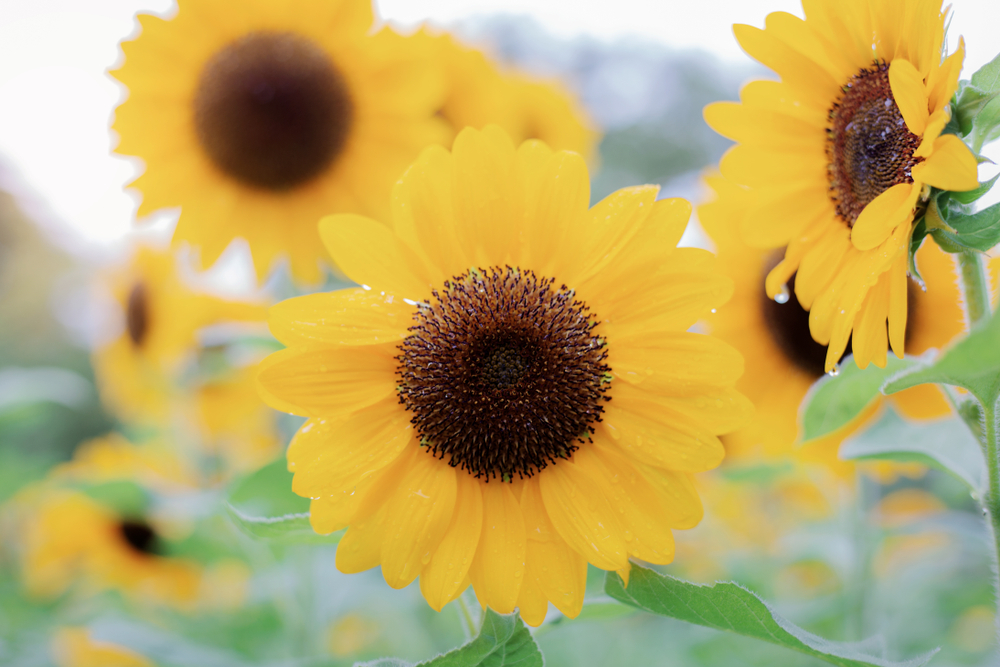
Sunflowers are an excellent plant to grow in the fall, as they provide an abundant food source for birds throughout the winter months. The seeds of sunflowers are rich in fats and proteins, which are crucial for birds to stay healthy and energized during colder months. Once the flower heads have dried, they become a buffet for many species, including finches, chickadees, and woodpeckers. Planting sunflowers in the fall allows them to mature by the time winter arrives, offering birds easy access to seeds.
Additionally, sunflowers offer tall stalks that can serve as temporary shelter for smaller birds. These plants are easy to grow in a variety of soils and are a great addition to any garden or yard. Their bright yellow flowers are a pleasant sight, and their seed heads become a favorite treat for birds during the winter.
Coneflower (Echinacea purpurea)
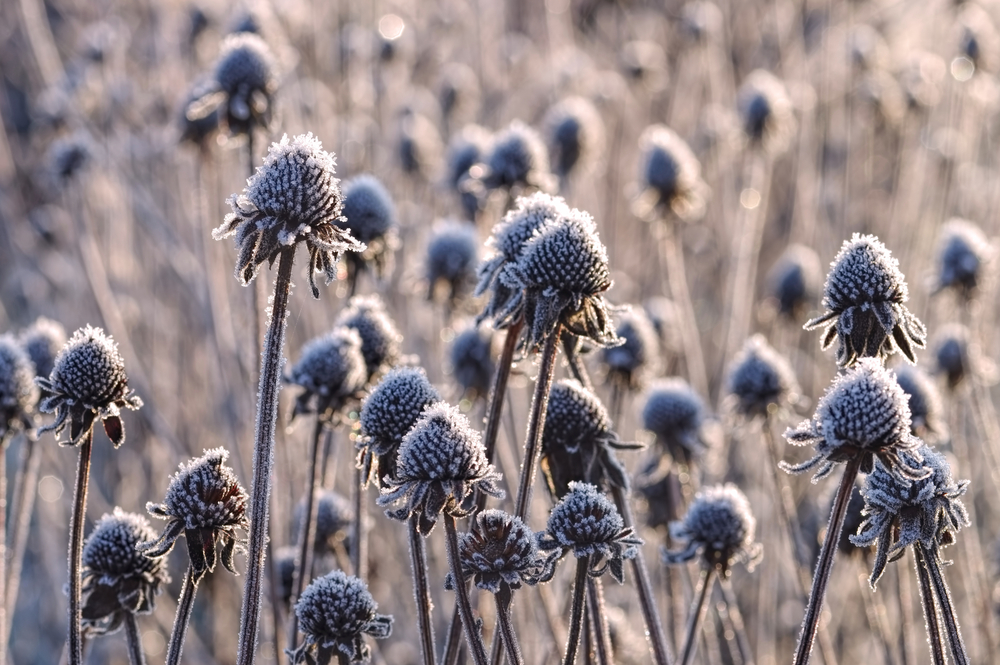
Coneflower is a hardy perennial that thrives when planted in fall, offering food for birds long into winter. Its large seed heads are packed with seeds that birds like sparrows, goldfinches, and chickadees enjoy. These seeds are rich in essential oils and provide the needed calories for birds during harsh winter months. Coneflowers are known for their long-lasting seed heads, which will remain intact long after the plant has gone dormant.
In addition to feeding birds, coneflowers also attract pollinators during the warmer months, making them a valuable plant year-round. Their ability to withstand frost and snow means that birds can continue to find nourishment even in the coldest weather. Coneflowers are an easy-to-care-for plant, making them ideal for those looking to create a bird-friendly environment with minimal maintenance.
Holly (Ilex aquifolium)
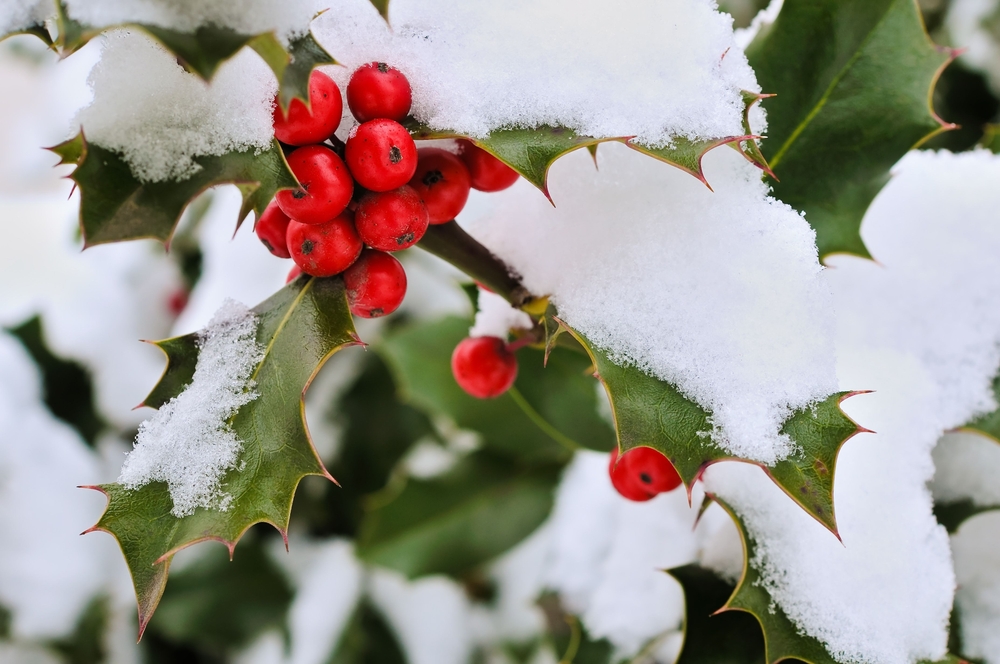
Holly bushes are a great choice for fall planting because their vibrant red berries provide essential food for birds during the winter months. Birds like robins, cedar waxwings, and bluebirds enjoy the berries, which offer a burst of energy needed to survive the cold. Holly bushes also act as a great shelter for birds, offering cover from predators and harsh weather. The evergreen nature of the holly provides birds with year-round protection and food.
The sharp leaves of holly also offer some natural defense against larger predators, while the berries remain a valuable food source for smaller birds. Planting holly in the fall allows it to establish itself before winter sets in, ensuring that the berries are ready to feed birds throughout the season.
American Beautyberry (Callicarpa americana)
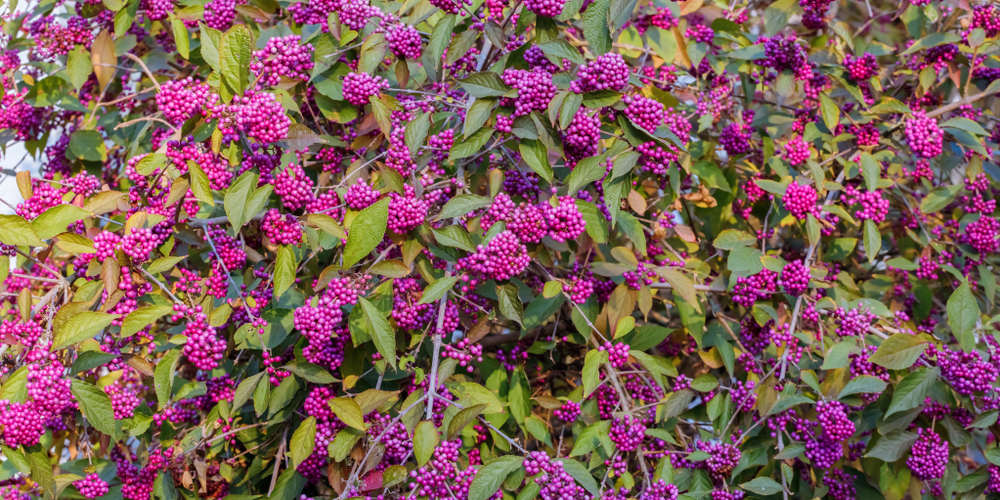
American beautyberry is an attractive shrub that thrives in the fall and offers a unique food source for birds in winter. The plant produces vibrant purple berries that persist throughout the colder months, providing birds like mockingbirds, thrushes, and catbirds with a rich food supply. These berries are not only nutritious but also contain high levels of antioxidants, which help birds stay healthy in the winter.
In addition to offering food, beautyberry shrubs also provide cover and shelter for birds during harsh weather conditions. Their dense branches and colorful foliage make them a valuable addition to any bird-friendly landscape. Planting beautyberry in the fall ensures that the berries have time to ripen and are available for birds when they need them most.
Dogwood (Cornus spp.)
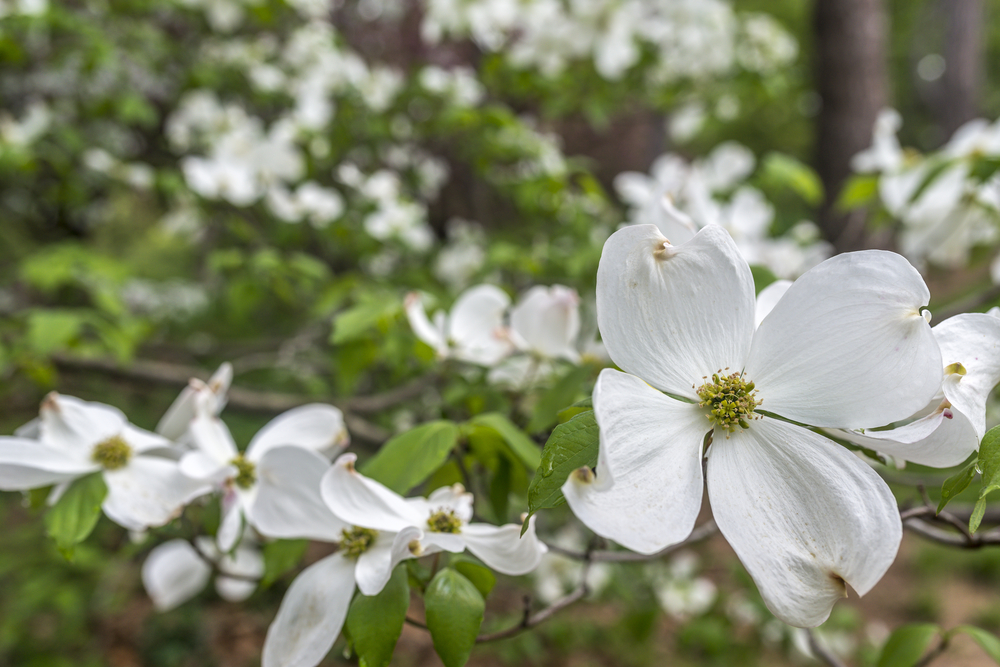
Dogwood trees are a great choice for fall planting, providing both food and shelter for birds throughout the winter. The small, red berries produced by dogwood trees are a favorite food for birds such as robins, thrushes, and jays. These berries remain on the tree long after the leaves have fallen, offering a steady food supply for birds even during the coldest months.
In addition to their food value, dogwoods are great for shelter as their dense branches offer protection from wind and snow. Dogwood trees also provide important structural diversity in your garden or landscape, helping to create a more dynamic environment for wildlife. Planting dogwoods in the fall allows them to establish their roots before the cold weather sets in, ensuring they can continue to support birds in winter.
Elderberry (Sambucus canadensis)
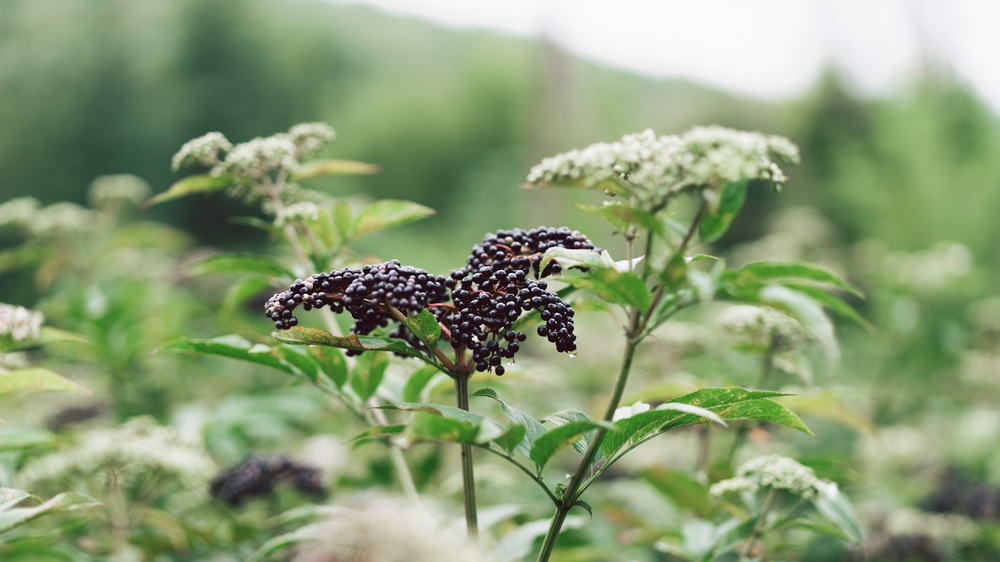
Elderberry shrubs are another excellent option for feeding birds during the winter. These plants produce clusters of small, dark berries that remain on the plant well into the winter months. Birds like robins, thrushes, and waxwings enjoy the berries, which are rich in nutrients needed to survive the cold. Elderberries can also be used to make jams and syrups, but their primary benefit to the winter bird population is the nourishment they provide.
Elderberries are fast-growing shrubs that provide cover and shelter for birds during the winter. Their dense branches help birds find a safe place to roost, while the berries act as a steady food source. Elderberries are easy to grow and are a great addition to any fall planting plan, ensuring that birds have enough to eat throughout the colder months.
Crabapple (Malus spp.)
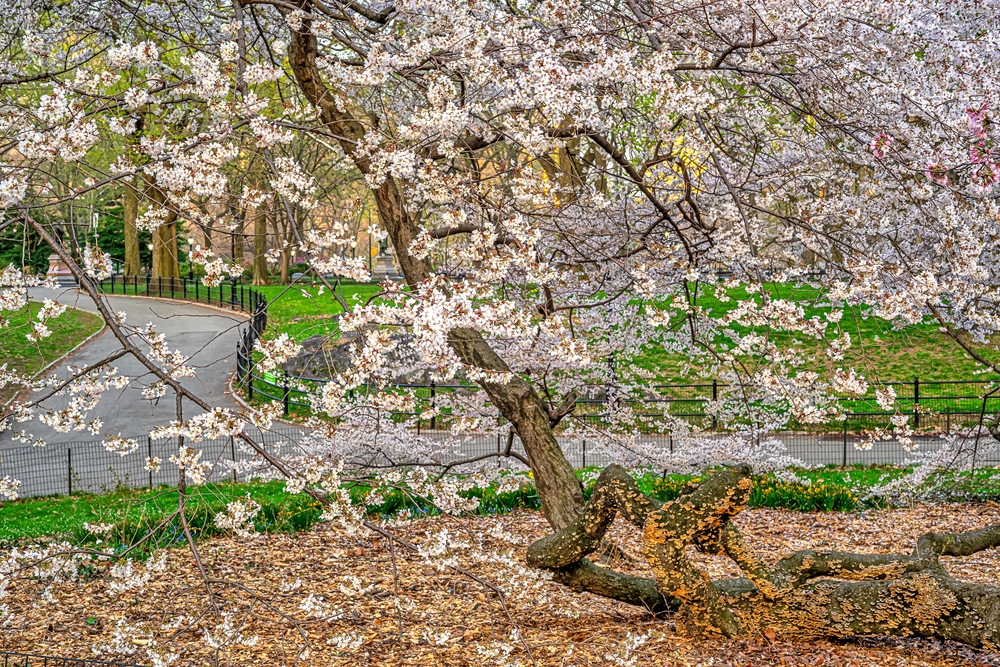
Crabapple trees are perfect for feeding birds in winter, as they produce small, tart fruits that persist well into the cold season. These fruits provide much-needed calories for birds such as woodpeckers, chickadees, and finches. The tree’s fruit can stay on the branches for months, offering birds a continuous food supply even during snowy periods.
Besides offering food, crabapple trees provide shelter with their dense, branching structure. Birds can find refuge in the tree’s branches, helping them stay protected from the elements and predators. Planting crabapples in the fall allows them to settle into their environment before the cold arrives, ensuring they are ready to support birds during the winter.
Purple Loosestrife (Lythrum salicaria)
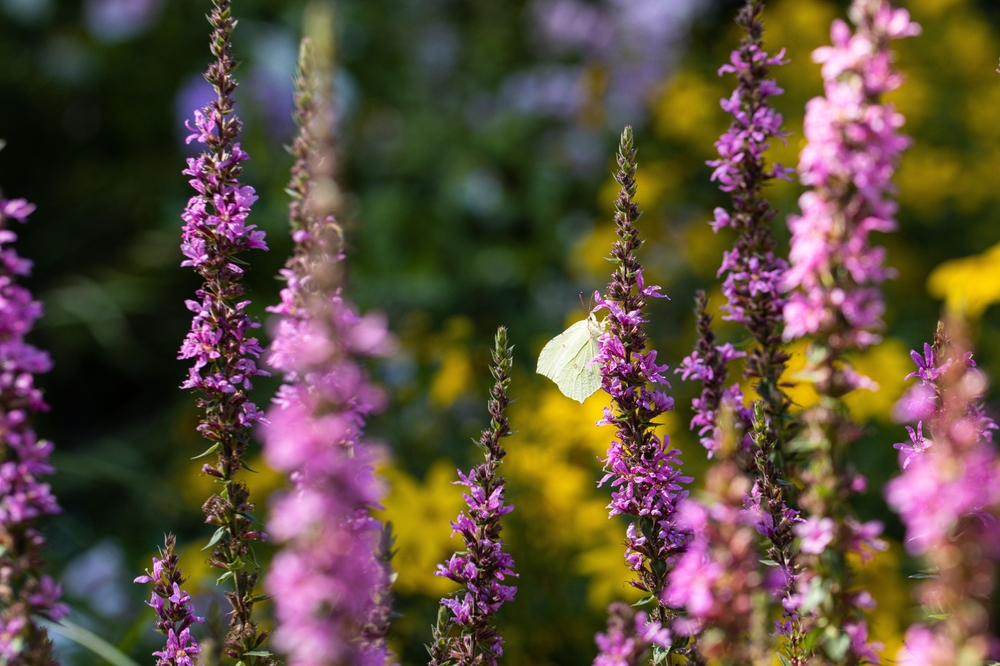
Purple loosestrife, known for its tall, striking spikes of purple flowers, is another excellent plant to grow in the fall for winter bird feeding. Once the flowers fade, the plant produces seed pods that remain on the plant throughout the winter. These seeds are favored by birds such as goldfinches and sparrows, providing a high-energy food source during the cold months.
In addition to feeding birds, loosestrife plants can attract beneficial insects during the warmer seasons, making them a versatile addition to any garden. Their ability to withstand frost and continue producing seeds makes them a great plant to incorporate into your landscape for bird support through the winter.
Black-eyed Susan (Rudbeckia hirta)
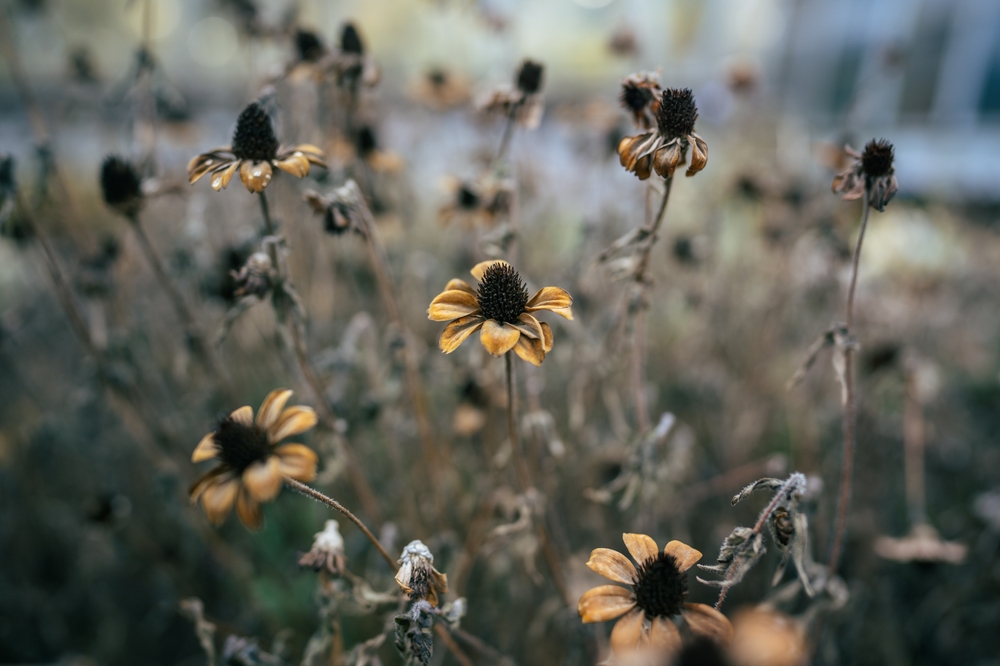
Black-eyed Susans are hardy perennials that not only add color to the garden in fall but also provide food for birds during winter. Their seeds are a favorite of finches and other small birds. Once the flowers have dried, the seed heads remain on the plants and are an excellent food source that persists through the winter.
The bright yellow flowers also attract pollinators earlier in the season, making Black-eyed Susans a valuable year-round plant. Their ability to tolerate frost and continue to offer food through winter makes them ideal for a bird-friendly garden that provides nourishment long after the flowers have faded.
Amaranth (Amaranthus spp.)
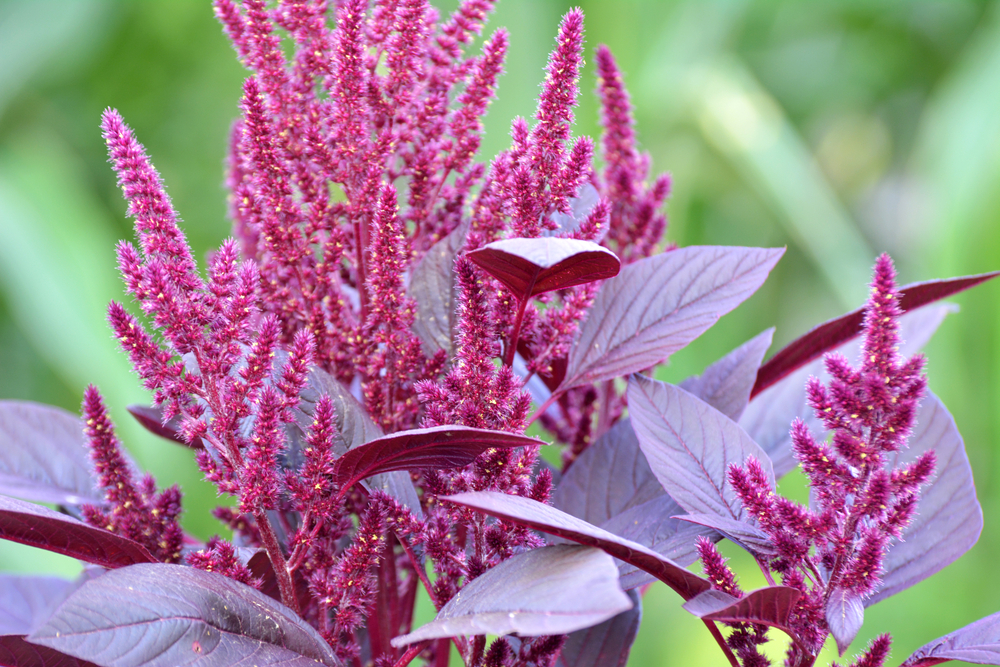
Amaranth plants are excellent for fall planting, offering abundant seeds that birds enjoy through the winter months. The seeds produced by amaranth are rich in nutrients, making them a valuable food source for finches, sparrows, and other seed-eating birds. Once the flowers fade, the seed heads remain, providing an easy-to-reach food source during the colder months.
Amaranth is easy to grow and can thrive in many different soil types. Its ability to continue providing seeds well into winter makes it a great plant to include in your fall planting to help feed birds through the season.
Winterberry Holly (Ilex verticillata)
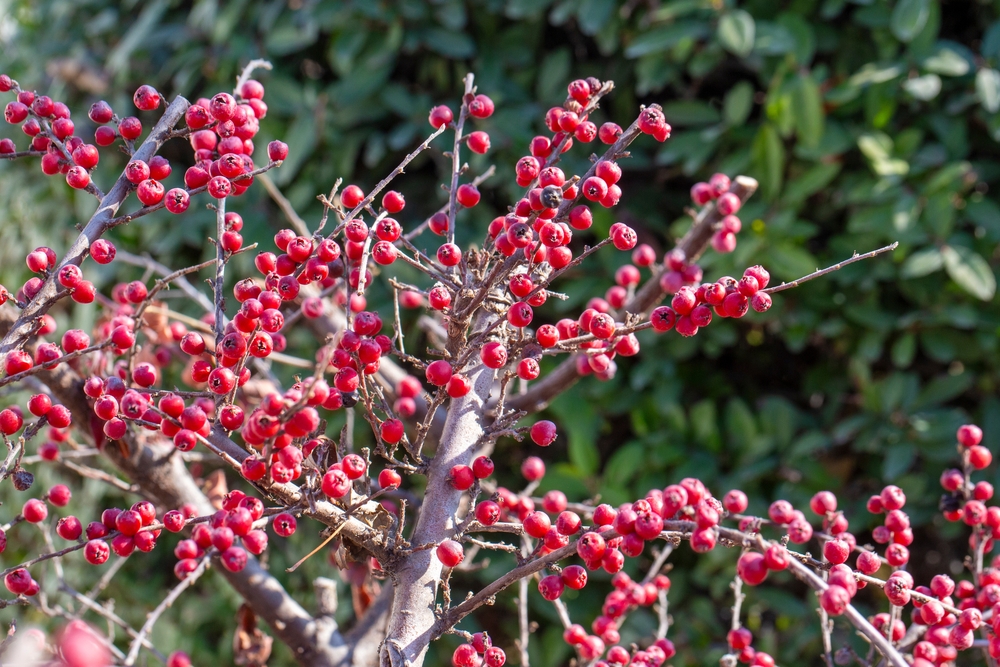
Winterberry holly is a deciduous shrub that produces bright red berries, which persist into winter. These berries are highly attractive to birds, including sparrows, robins, and cedar waxwings, offering them a crucial food source when other food is scarce. The plant’s berries are packed with sugars, helping birds maintain energy during cold months.
Besides offering food, winterberry holly provides shelter with its dense branches, which offer cover from wind and snow. Planting winterberry holly in the fall allows the berries to ripen before the cold weather arrives, ensuring birds have access to food when they need it most.
This article originally appeared on Avocadu.
